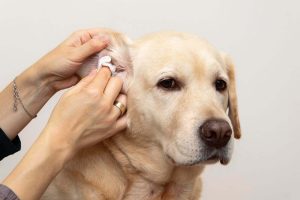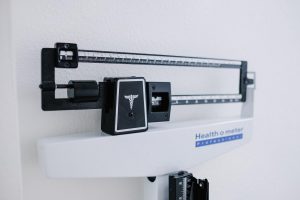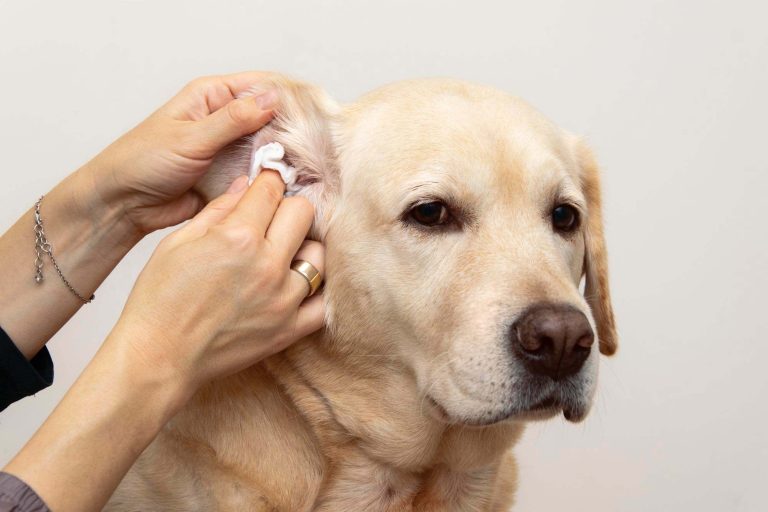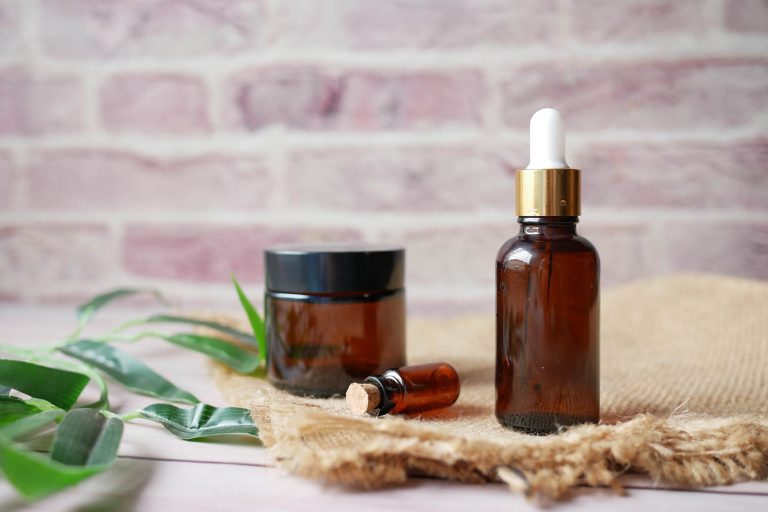5 essential turkey cooking tools
It is not necessary to buy exceptional equipment for cooking turkey, but there are several devices that make it easy to measure the cooking of turkey birds.
Thermometer:
An accurate thermometer is the best way to know when your turkey is finished. An advanced instant-read thermometer that quickly tests the internal temperature of breasts and thighs and a Christmas test thermometer that can filter the temperature of birds from the outside of the stove so that they remain on the turkey breast while simmering. (That’s how you realize when you take the turkey out of the grill. So the sum of what you have is a meat thermometer, plan to take a turkey several times to check for temperatures that interfere with cooking interactions. Use your holiday thermometer to test the accuracy of your grill temperature before you start.
Rim preparation sheets:
Rim preparation sheets: Rim heating sheets are better than deep baking dishes because they cover the base and sides of the Turkey more warmly. Choose the largest size that easily fits your stove.
Simmering grill:
Source: Pexels
If you are not hatching your turkey, the grill lifts it up on purpose to cook a little evenly.
Kitchen scale:
Source: Envato Elements
Use the scale to accurately measure the exact measurement of salt intended to prepare your bird.
Kitchen scissors:
Sharp kitchen scissors or poultry scissors are basic to spatchcocking your turkey if you decide to go to this course. It doesn’t matter if you’re not spatchcocking your turkey, you may need to remove the wing tips that don’t have much of your meat eaten effectively. (But they are special for actions.)
2 ways to salt a turkey
About the bought fit or self-seasoned turkey, the book skirt grew. Everyone else to finish the exam. Turkey meat is famous for its dryness, but it doesn’t need to. What is the program? Season your turkey faster. There are two main approaches to achieve this: wet softness and dry softness.
Wet softening:
Wet softening contains the absorption of the softening liquid from your turkey. The generally necessary softening liquids include some adventure in brackish Turkey water over the taste and taste of apple juice, but salt and water (about a tablespoon of salt for water). Turkey meat loses about 20% moisture when cooked, so the liquid Turkey tenderizer can completely cut this moisture affliction in between, replacing the lost turkey juice with a tenderizer liquid.
Dry softening:
Also known as restoration, dry softening is basically about salting your turkey early-no liquid. The main part of the softening is liquid, not salt. As donor know, by salting the meat, they weaken the muscle strands and can also add flavor and spices to your dry brackish water, keeping more moisture (also known as delicacies), but no matter the flavor and spices, you are the most pleasant and really necessary for succulent turkeys. To get the amount of salt you need, replicate the weight of your turkey by 0.015 (1.5%) (in grams)and weigh that amount of salt. If there is no kitchen scale, it means about 1 teaspoon of salt for every pound of Turkey. Start softening your turkey in any case 48 hours before cooking to give the salt more time to pass the whole bird.
Steps to roast a perfectly juicy turkey
Source: Pexels
The breast and thighs of the turkey should be cooked at different temperatures, and the characteristic state of the turkey can be cooked even if it is difficult to reach. However, don’t stress-there are some basic fixes.
Spatchcock the turkey for cooking.
Spatchcocking, also known as butterflying, consists of removing the thorn from the turkey and squeezing the entire bird so that it is level. Change the status of the turkey, in any case, takes into account faster and more dishes. As a little something extra, Your once-huge Turkey currently fits delightfully into a fringed brew sheet and opens up your refrigerator and Grill Room.
Glaze the breast to facilitate the cooking cycle.
The moment you remove the turkey from the refrigerator to reach room temperature, the ice will gather or place an ice pack on the turkey breast. This can cool the breasts up to 15 degrees Fahrenheit than the rest of the birds, and means that they may need an hour more to cook than they were not frozen, giving the dark meat more time to cook.
Use aluminum foil to prevent over-cooking.
If the breast or wings began to eat, cover it with aluminum foil to prevent it from cooking in this space.
Check the temperature regularly. When cooking a turkey, the thermometer is an indisputable solitary material. Preferably, a leave-in Test thermometer can be used to filter the internal temperature of the turkey during cooking. On the off chance that you are just an advanced understand the thermometer, you need to check the temperature in Turkey from time to time to make sure it is removed from the stove at the ideal time.
Let the turkey rest
By the time you get the turkey off the stove, it doesn’t finish cooking. Continue to cook a sizzling indoor cooler on the outside of the turkey and the indoor temperature of the bird can vary by 15 degrees Fahrenheit. That’s why, if you need your breast meat to cook at 160 degrees, you should remove your turkey from the stove about 150 degrees. Larger turkeys (over 10 pounds) should find more remaining cooking and rest at room temperature for 30 minutes before serving. During the rest period, the muscle fibers can reabsorb the lost juice. In case you cut the turkey too fast, all the tasty turkey juice will spread out, instead of staying inside the turkey. This is what rested the computer, providing possible functions.
How long to cook a turkey: 4 factors to consider
The four components affect the time it takes to cook a turkey, and it is virtually difficult to predict the cooking time.
Turkey temperature: the colder the turkey is when you put it on the stove, the longer it will take to cook.
Turkey size: obviously, a giant turkey takes longer to cook than a small Turkey, but comparing the size of the turkey with its grill is also important. At the risk of your turkey being too big for your PAN, the heat is not as expected inside the grill, of course, and the turkey is not as hot as expected.
Oven temperature: most broilers are not accurate in temperature. Use the stove thermometer to adjust before cooking the turkey. Whether your stove is perfectly accurate or not, opening the grill aisle can reduce the stove temperature to 50 degrees Fahrenheit Celsius.
Pan type: the deeper chills Bowl protects the turkey from heat, making it cook more gradually. Quickly, in any case, to cook, cook the turkey on a heated sheet with edges. Cook the level of the Turkey to the spatchcocked on a piece of paper and lift all the turkey on the baking rack.
Turkey stuffing: 3 reasons to cook stuffing separately
Source: Envato Elements
The best Turkish filling, heat the meat independently and then enjoy Mount Fuji. If you’re spatchcocking your turkey, it’s a no issue, and if it still leaves all its highlight, you may be tempted to cook your stuffing in a turkey pit to transplant it with each of its substantial flavors. There are three reasons why you should leave your birds intact:
1. Turkey cooks faster without stuffing. The filling will serve as a separator, preventing the cooking of your bird.
2. Stuffed turkey can be dried. Because the stuffing inside the turkey is a net with compression of meat, the USDA claims that it must be cooked at 165 degrees Fahrenheit to kill microbes. Get your stuffing at this temperature protected in the bird will most likely overcook the rest of the turkey.
3. The filling is crispy when heated on its own. Heating your meat with different foods will bring benefits to the topping company, which is really that meat vapor until it gets soaked.
We hope that you could learn that how to cook a turkey. If you are a visual type of person, then we can recommend this short video for you to watch.
If you need a longer, then we might recommend this one for you:
Do you want to learn more?
Click on the link below and learn many of our articles to solve every day questions.



















